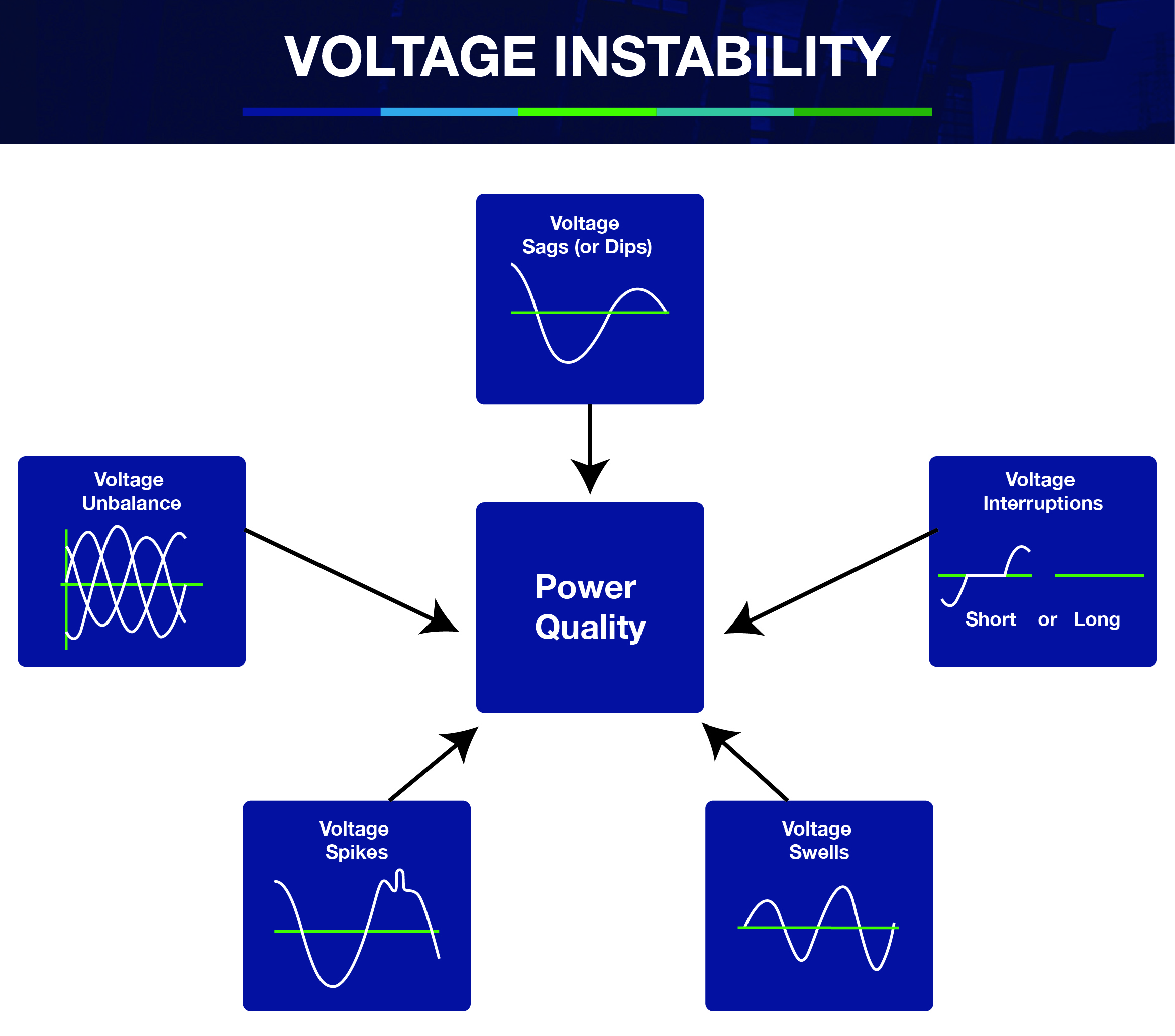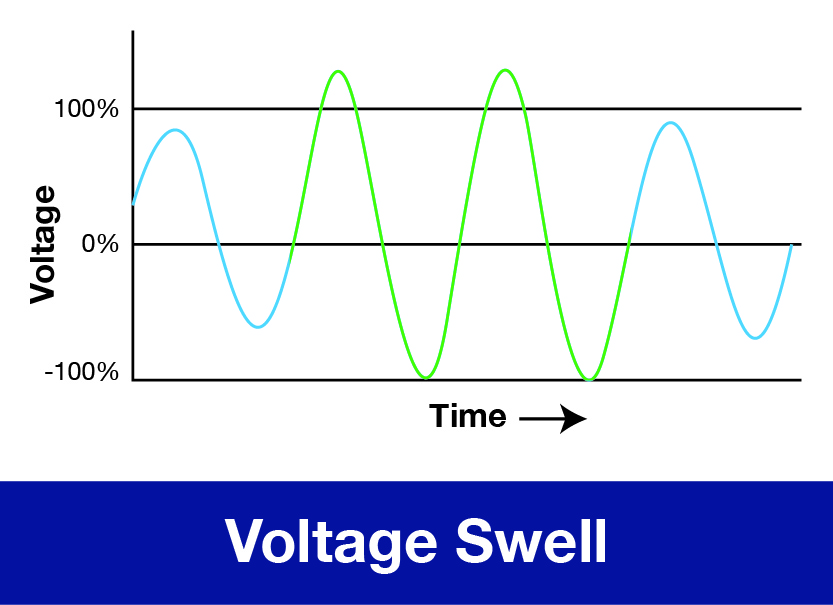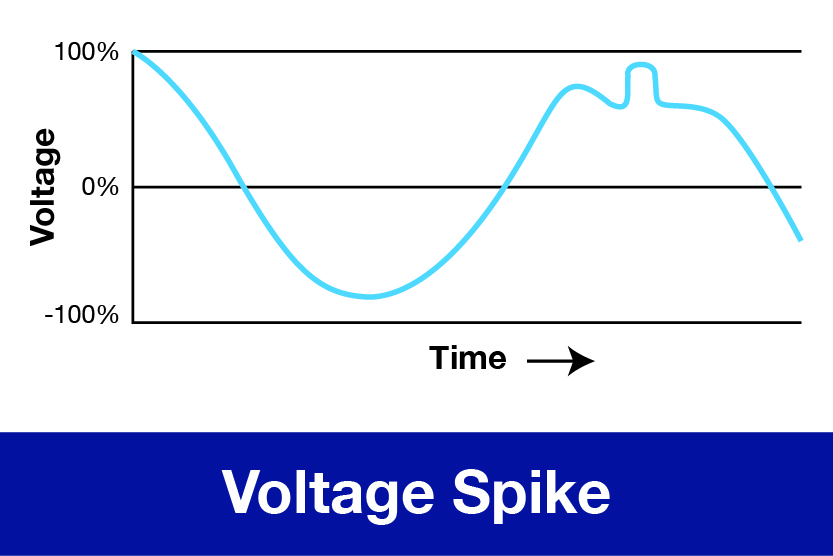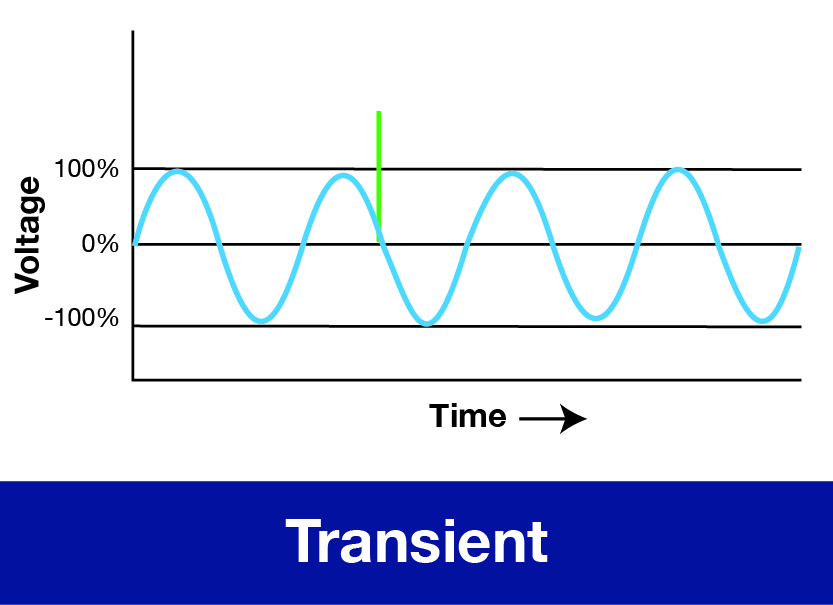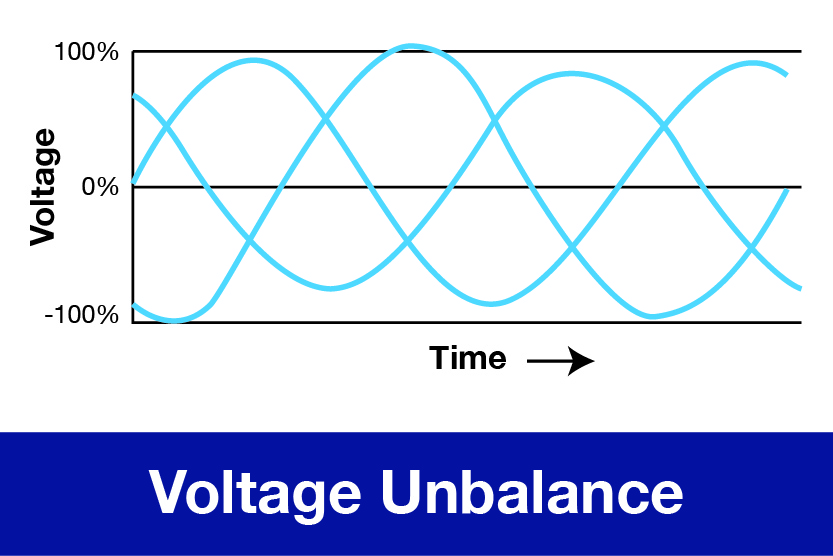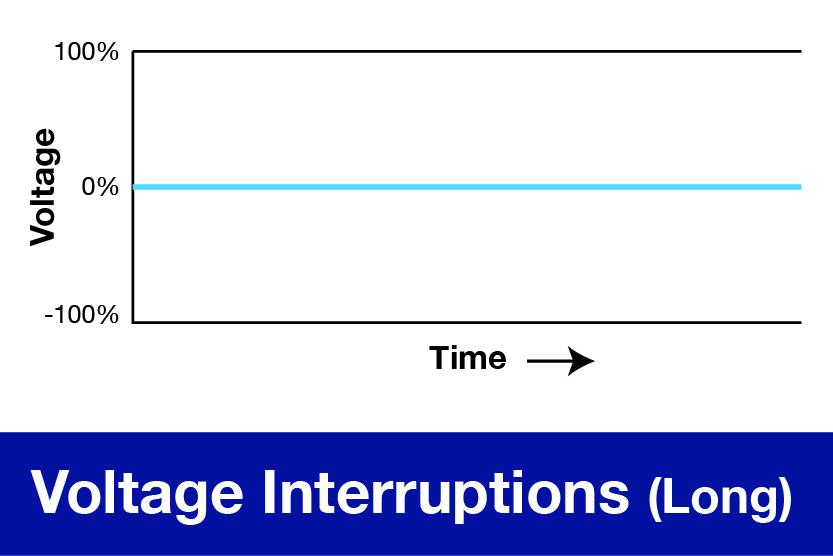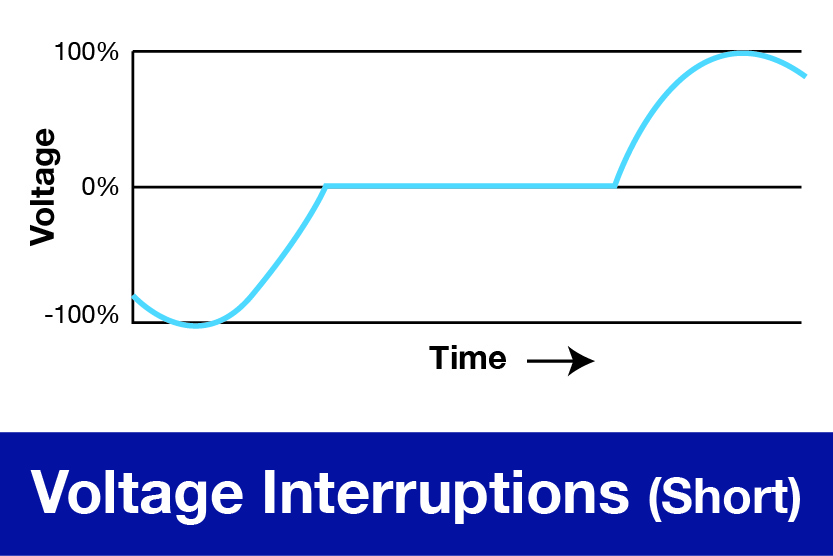In the first article of our new series, we learnt that good power quality saves money and time, ensures a safer workplace, prolonged equipment life and increased efficiency. On the other hand, we also learnt that poor power quality often leads to reduced energy efficiency, and various other downsides.
Power Quality has become increasingly prevalent in industry. Power Quality is also such a vast topic that can be discussed at length. We’re just scratching the surface of Power Quality (PQ) to give you a basic understanding on the aspects that contribute to poor PQ, and what you can do about them:
- Understanding Power Quality
- Understanding Power Quality issues and what to do about them:
a) Voltage instability
b) Harmonics
c) Poor power factor
We’re resuming the series by discussing issues around Voltage Instability…
From the illustration above, you can see that there are a number of PQ issues involving voltage. While this list may not be exhaustive, in this article, we’re giving you a basic understanding of the common voltage issues we see in the industry:
1. Sags (or dips)
2. Swells
3. Spikes
4. Unbalance
5. Interruptions
1. Voltage Sags (or Dips)

A voltage sag is also commonly known as a dip. A voltage sag refers to a short duration reduction in rms (root-mean-square) voltage. Typical causes of sags include starting electric motors, short circuits or overload.
A voltage sag typically happens when the rms voltage decreases between 10% and 90% of nominal voltage for one half cycle (0.5) to one minute. A longer duration of low voltage is referred to as a ‘sustained sag’, or ‘undervoltage’.
Voltage sags are said to be the most common power disturbance. Examples of the impact of sags include the malfunction of microprocessor-based control systems such as PLCs, and the tripping of contactors and electromechanical relays.
On a related note, a sag should not be confused with the term ‘brownout’, which describes the reduction of voltage for minutes, or even hours.
Typical suggestions for decreasing the likeliness of sags include:
- the use of power quality relays
- switching power supply settings
- reducing the load on your power supply
2. Voltage Swells
A voltage swell is the opposite of a sag. A voltage swell describes the momentary increase in voltage at the power frequency, outside the normal tolerances. A swell can be defined as the increase in the rms voltage level to 110% - 180% of nominal. The duration of a swell is more than one cycle, and typically less than a few seconds. Longer periods of high voltage are referred to as ‘overvoltage’.
There are three types of voltage swells, namely ‘Instantaneous’, ‘Momentary’ and ‘Temporary’ – each characterized by their rms magnitude and duration.
A voltage swell can generally happen when a heavy load turns off in a power system. Poorly regulated transformers are also known to cause swells, mainly during off-peak hours.
Although not as common as sags, voltage swells do have a serious impact. While the effects of a sag are more noticeable, the effects of a voltage swell are often more destructive. Swells tend to affect sensitive equipment, especially in instances when voltage values are excessively high. Swells also cause data loss and flickering of screens and lighting.
3. Voltage Spikes
Voltage spikes describe very fast variations of the voltage value for durations from several microseconds to even a few milliseconds. These variations may reach thousands of volts, even in low voltage. Spikes may be caused by a disconnection of heavy loads or lightning. Spikes are known to destroy electronic components, insulation materials and also cause data processing errors.
On another note, spikes should not be confused with transients, which are destructively high magnitudes of current and voltage, or even both. Transients exist in even shorter durations than spikes, from less than 50 nanoseconds to as long as 50 milliseconds. This is the shortest among PQ problems, hence, its name. Transients usually include abnormal frequencies, which could reach as high as 5 MHz.
Spikes and transients differ to power surges because they are larger in magnitude yet much shorter in duration. These sudden bursts of energy can result in circuit board or processor damage, memory loss and data corruption.
4. Voltage Unbalance
Voltage unbalance describes the phenomenon that occurs when a voltage variation in a three-phase system in which the phase-angle differences between them are unequal. An example of a cause of voltage unbalance is the incorrect distribution of single-phase loads by the three phases of the system (possibly due to a fault). Voltage unbalance mostly affects three-phase induction machines.
5. Voltage Interruptions
There are two types of voltage interruptions, namely, long and very short.
Very short interruptions are described as a total interruption of electrical supply for a duration ranging from a few milliseconds, to one or two seconds. One of the causes of very short interruptions include the opening and automatic closing of protection devices to decommission a faulty section of the network. Very short voltage interruptions result in the malfunction of data processing equipment, tripping of protection devices, and the loss of information.
Long voltage interruptions refer to the total interruption of electrical supply for a duration greater than one to two seconds. Long interruptions may be caused by storms, human error or failure of protection devices.
Long voltage interruptions result in the stoppage of all equipment.
Trust us for reliable Power Quality solutions
Not sure what to do about your power quality issues? Then give us a call! We will recommend the best products and solutions to assist you in maintaining optimal power quality at your facility!
Click here to chat to one of our experts now!
Follow our PQ Series
In the next article, we will be delving into Harmonics. Be sure to follow the series to catch all the articles! Click here to subscribe now!


